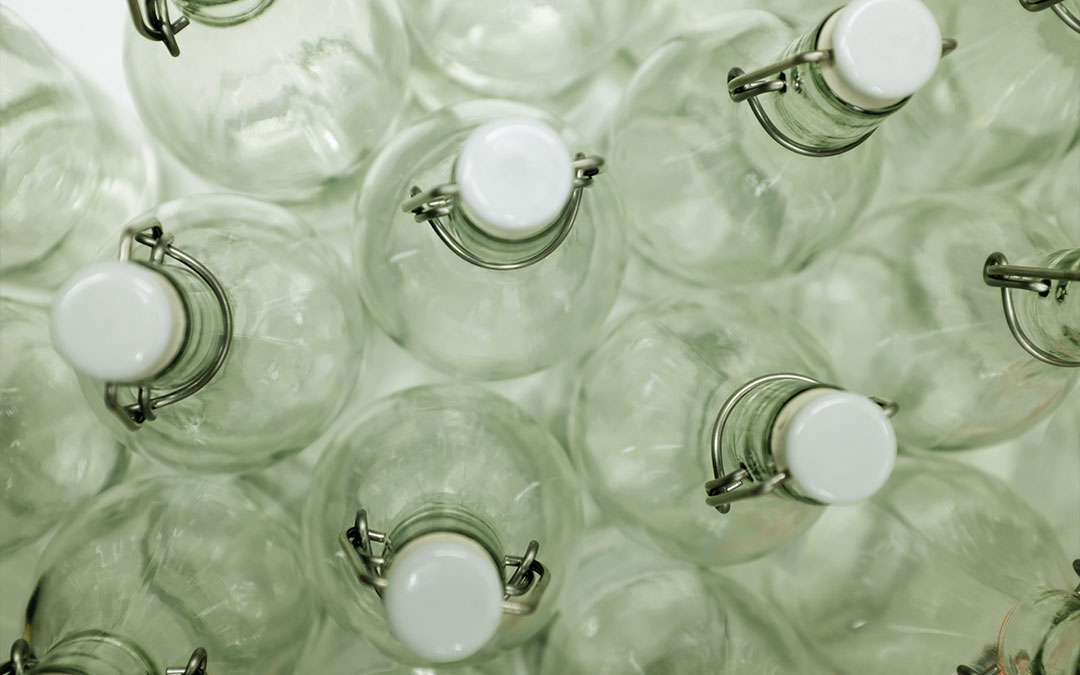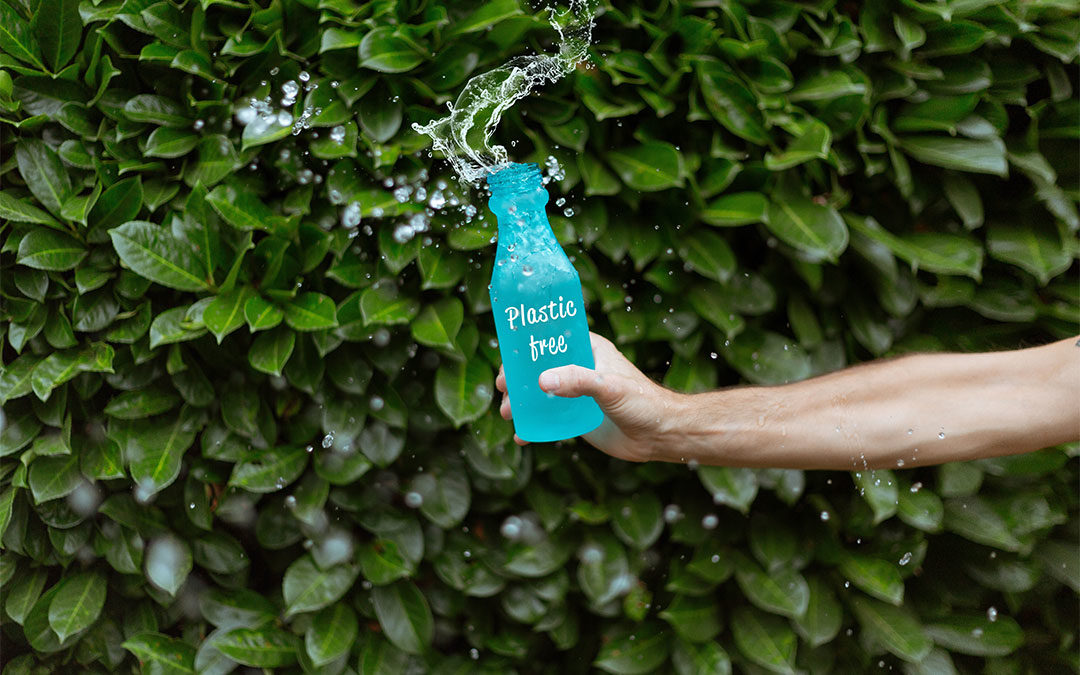Trash doesn’t exist in nature. Our environment is constantly recycling minerals, water and nutrients daily. This is accomplished through various organisms and processes like plants, animals, bacteria, and energy from sunlight. Canadians generate around 31 million tonnes of trash each year and work to recycle 30% of that waste. So on average, 2.7 kilograms of trash is created by each Canadian every day.
What happens to all of the waste we recycle each day? Where does all of that plastic, cardboard, and glass go? What about all of the metal items you drop off at your local recycling plant?
The good news is, much of the items you recycled end up back in your home in the form of other products. It’s a complex process but well worth the time and effort.
Recycled Plastic Bottles
Plastic Beverage Containers
Various Plastic Containers
Recycled Paper
Paper is used and thrown away every day. The use of paper in offices across the country is a leading source of paper consumption. But we also use a substantial amount of paper in our homes too. Everything from cardboard boxes, discarded publications, newspapers and cardboard boxes eventually end up in the recycling bin. But each type of paper in your office or home is recycled into different products.
- Magazines – Depending on the type of paper used, magazines can be recycled into paperboard products or newsprint.
- Printer Paper – Recycled paper from your printer or notebook can be used to create other types of white paper products like napkins, toilet paper or tissues. They can also be turned back into printer paper to be used again.
- Cardboard and Paper Containers – You may be surprised to learn that most of the cardboard boxes and paper you recycle become new cardboard and paper boxes! However, some paperboard can be used in the production of materials for roofs on buildings.
- Newspaper – Once this was the best way to get your news, the newspaper has become one of the greatest contributors to the recycling world. Newspaper can be recycled into countertops, kitty litter, plates, sheet rock, insulation, and of course, more newspapers!
Glass Bottles, Aluminium Cans and Copper
Out of all of the items in your home bottles, cans and various metals are probably the most popular items to recycle. There are programs in Ontario that have helped increase the rate of recycling of glass and aluminium. The great news is, glass bottles and aluminium cans are 100% recyclable. That’s good for the production of new products and the environment.
- Glass Bottles – The bottles are sorted by colour so that manufacturers will comply with colour standards when they’re made into new ones. Many of the bottles you toss into the recycling bin will be recycled into fibreglass for various glass products as well as insulation for construction.
- Aluminium Cans – Aluminum doesn’t lose any of its metalurgic properties when it’s recycled so it can be reused over and over. Most of the time aluminium is recycled into more aluminium cans. The process is so efficient that a recycled soda can will appear on the shelf in the store as a new item in only a couple of months!
- Copper – Copper piping, wires, and scrap from downspouts, kettles or boilers can all be recycled. Once we recast the copper it can be sold to various industries for new uses. Any products manufactured from recycled copper have the same properties as copper mined from the earth. So it can be used in the same applications as before. Copper can be recycled into plumbing, roofing materials, motors, telecommunications, industrial machinery, vehicles, electronics, wiring and heat exchangers. Copper is needed in almost every device we own!

Recycling Is A Great Idea
More and more people are taking the idea of recycling seriously. But there is still much work to be done. There are still so many items that could be recycled that end up in landfills. Recycling isn’t simply remembering to throw the right item into the correct bin at the end of the day. It needs to become a way of life for all of us to sustain the health of our families and the planet. Like we said at the beginning of this article, the earth knows how to heal itself through recycling, but the trash we humans generate is hindering the process.
But we can all make a difference if we just take the time to be mindful about what we consume and how we dispose of it. If you would like to learn more about what items in your home can be recycled, reach out to our recycling experts at Manville Recycling.
We’ve been serving the people of Toronto for nearly 20 years and are committed to making your life better through recycling. Let’s preserve what we have and take care of our future generations by protecting our environment in an intentional and meaningful way. Give us a call today at 416-751-4732 or go to our website for more information. You’ve got questions about recycling… we’ve got all the answers!
